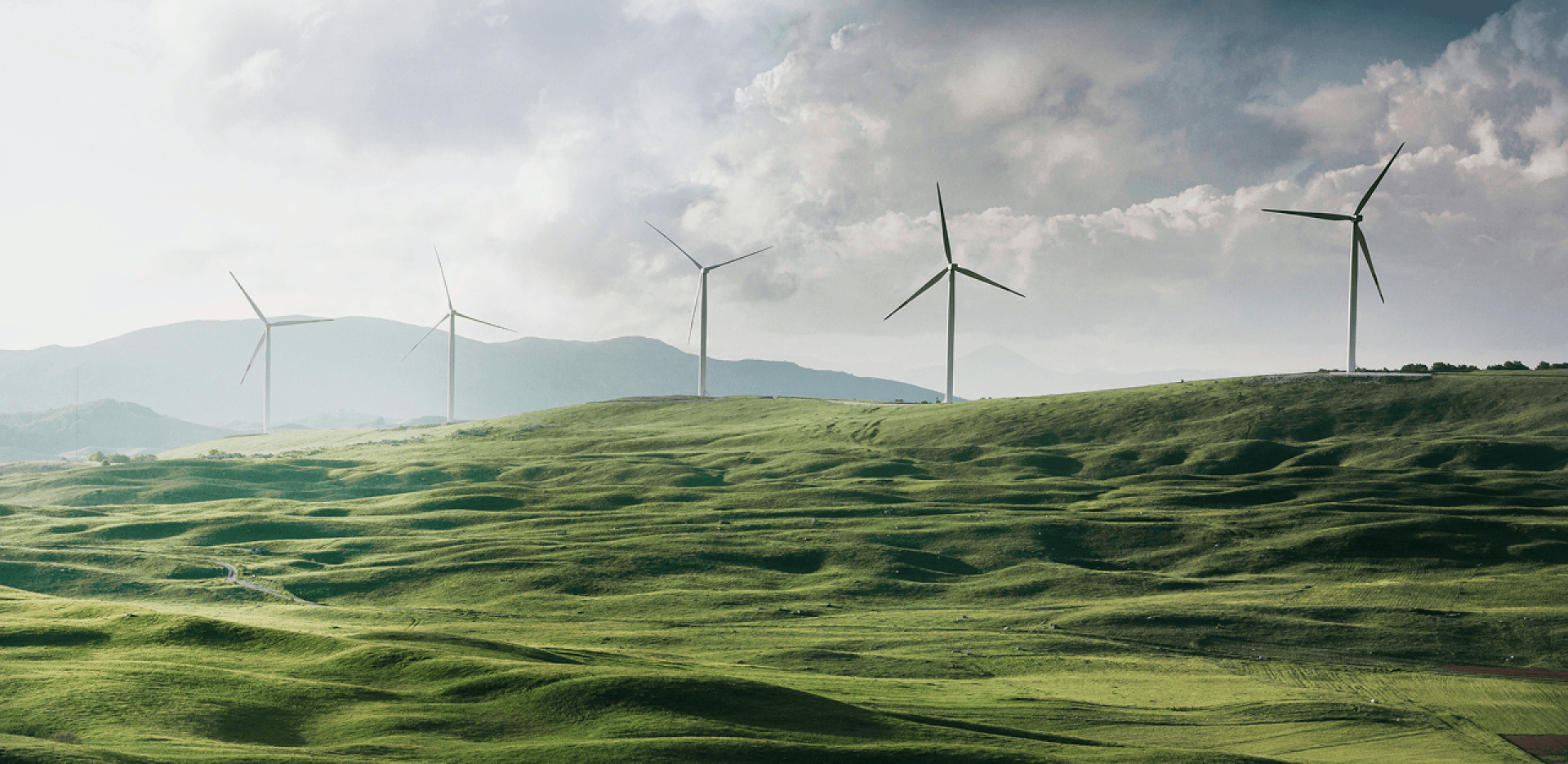Significantly Higher Revenues for Asset Owners through the Right Choice of PPA Offtaker
Operators of renewable energy assets can increase their annual revenues by tens of thousands of euros if they sell their power to the right offtaker. Renewable Exchange (RE) is an established German PPA marketplace that can help you maximise PPA revenue, and navigate risks.
Operators of renewable energy assets can increase their annual revenues by tens of thousands of euros if they sell their power to the right offtaker. The Renewable Exchange (RE) PPA marketplace supports this process with a transparent tendering platform – built on the proven track record of the UK’s largest PPA marketplace.
On the platform, asset owners enter plant-specific information and load profile data and can simultaneously offer their electricity to more than 40 German offtakers. These buyers place bids in a blind auction process, mainly for short-term PPA contracts with durations ranging from six months to three years.
Based on Renewable Exchange’s experience and the evaluation of tenders carried out this year, significant price differences can be observed: For onshore wind assets, the median of bid spreads between the highest and lowest offer is around €11/MWh. For a post-EEG asset with 2 MW capacity and around 4,000 MWh annual production, this corresponds to a revenue difference of more than €40,000 per year per asset.
Why are there such large price differences for the same electricity?
1. Wind Farm Evaluation
Although all offers are based on the same load profile data, pricing and risk assessment vary significantly among PPA providers. This can lead to substantial differences in capture rates and, consequently, in revenue. There is no universally best provider – for each location, the optimal buyer can be identified to maximize revenue.
2. Competition through Auctions
A structured auction offers clear advantages: it creates competition among PPA providers and increases transparency of the offers. By directly comparing bids, the best prices for each plant can be determined. At the same time, operators can better assess risks, as all relevant contract terms and price parameters are clearly presented. This ensures that each plant is optimally marketed and its full revenue potential is realized.
3. Strategic Portfolio Fit
The location of a plant can play a decisive role in its attractiveness to PPA providers’ portfolios. Certain locations fit particularly well with existing projects and risk strategies of providers. This can lead to higher bids and better conditions, as the plant is strategically valuable for the portfolio. For operators, this represents additional value.
4. Different Business Models of PPA Providers
PPA providers follow various business models: some hedge their positions on the electricity exchange, while others supply private or commercial customers directly. These differences lead to varying dependencies on the spot market, reflected in different bids for the same plant.
5. Price and Risk Models of PPA Providers
Each provider uses its own models for forward prices, cost structures, and market volatility. Providers with more optimistic market expectations are willing to pay higher prices to secure PPAs. These differences result in varying offers for the same plant and can significantly impact operator revenue.
How operators can maximize the value of their electricity
Operators and asset managers of renewable plants should ensure that they:
-
offer their electricity to the entire market to attract as many competitors and attractive bids as possible
-
carefully compare bids, taking into account all aspects of the PPA – from price and compensation structure to contract terms and risk models
This enables plant operators to make informed decisions and maximize their plants’ revenue.
Important Note: PPA 2026 – Act Now to Secure Revenue
The next two months are critical: due to marketing and registration deadlines of six to eight weeks, PPA contracts should be concluded by the end of October 2025. Those who address the topic now can optimally use the time window and secure and improve the profitability of their plant for 2026.
Learn more here on our website: https://renewable.exchange/de/


